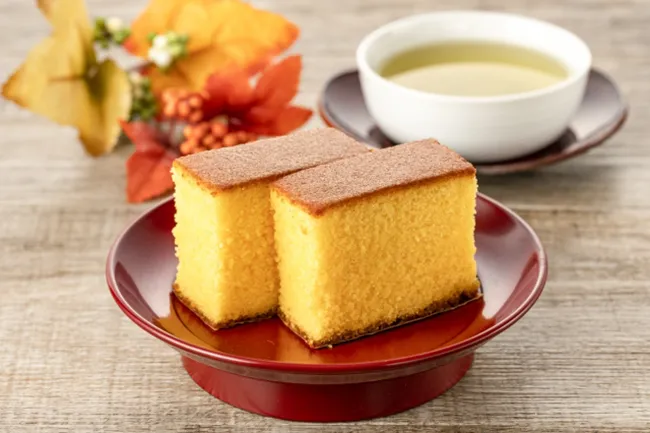Have you ever tasted Castella before?
It’s one of Japan’s most beloved traditional sweets — simple in appearance, yet refined in flavor.
A good Castella is moist, soft, and full of subtle sweetness. Even today, Japanese people often give it as a gift or souvenir, and almost everyone here loves it.
The History of Castella
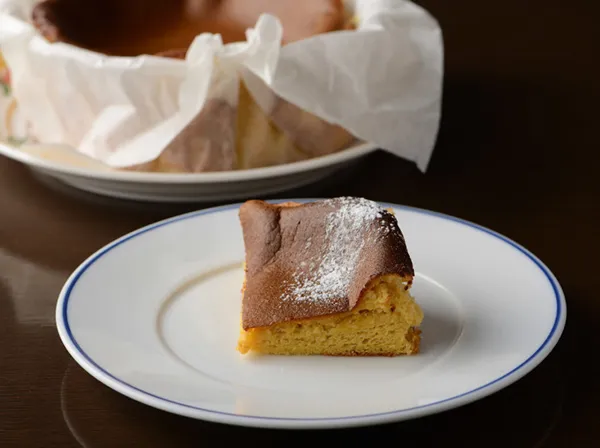
The origin of Castella traces back to the Portuguese cake “Pão de Castela”, meaning “Bread from Castile.”
In 1543, when Portuguese sailors arrived on Tanegashima Island and began trade with Japan, they introduced not only Western goods but also their sweets — one of which evolved into the Castella we know today.
At that time, sugar was an extremely expensive luxury in Japan, so Castella was a rare treat reserved for nobles, samurai families, and temples.
Interestingly, the name “Castella” comes from Castile, a region in Spain.
However, no dessert exactly like Castella exists in modern Spain or Portugal. The Japanese refined it into a uniquely local “Nanban-gashi” (Southern Barbarian sweet) that represents a beautiful cultural blend.
Edo Period: The Birth of Nagasaki Castella
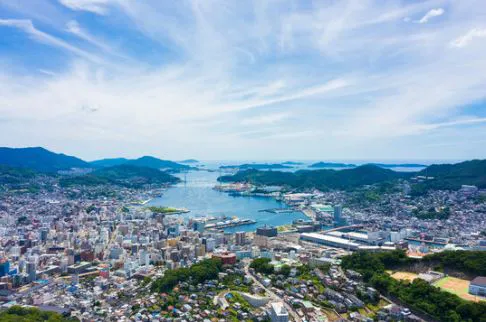
Nagasaki, Japan’s main port for foreign trade, became the birthplace of the Japanese-style Castella.
Local artisans adjusted the recipe to suit Japanese tastes — using flour, sugar, eggs, and starch syrup (mizua-me) made from rice or honey — which created the moist, spongy texture.
From this era, “Nagasaki Castella” was born.
By the mid-Edo period, famous shops such as Bunmeido appeared, and the sweet’s reputation spread across the country.
Meiji to Showa Period: From Luxury to Everyday Sweet
With the modernization of Japan in the Meiji era, Western baking techniques became widespread, and sugar became affordable.
Castella gradually transformed into a sweet for everyone, not just the elite.
Although it originated as a Western confection, Castella evolved into a Japanese-style wagashi that is still used in celebrations, ceremonies, and as gifts.
After World War II, mass production made it a staple in supermarkets and souvenir shops nationwide.
Modern Era: Diversity and Regional Flavors
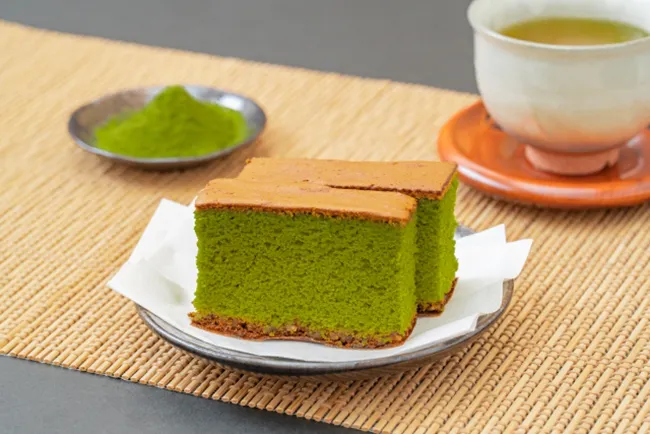
Today, Castella continues to evolve across Japan.
Cities like Kyoto, Kanazawa, and Tokyo each have their own regional variations — from matcha and chocolate Castella to zarame sugar and cheese-flavored versions.
Yet, Nagasaki Castella remains the gold standard and a favorite souvenir for international visitors seeking authentic Japanese taste.
The Charm of Castella
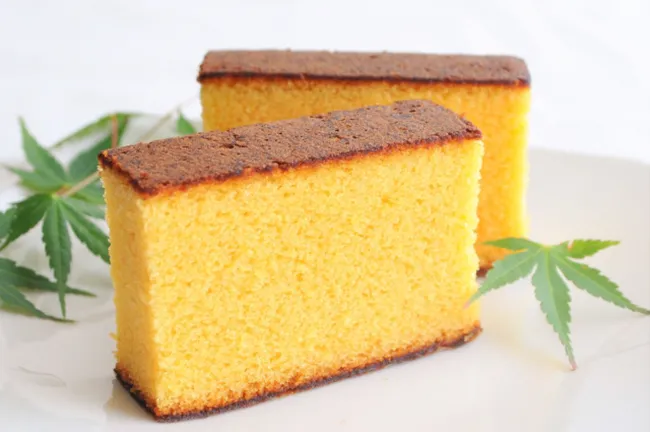
The charm of Castella lies in its refined simplicity — a delicate balance of softness, sweetness, and nostalgia.
Here are the key reasons why so many people love it:
1. Moist and Fluffy Texture
Its soft, moist texture is achieved by carefully whisking eggs into a fine foam and blending them with starch syrup or honey.
It’s a perfect harmony — a sponge cake that feels both Western and comfortingly Japanese.
2. Simple, Honest Ingredients
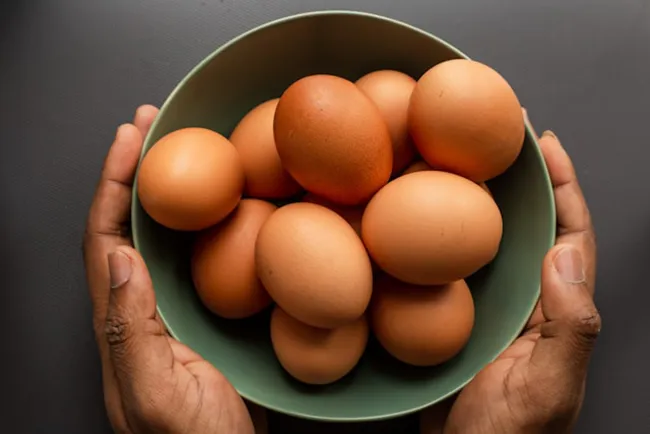
Castella is made from only four ingredients: eggs, sugar, flour, and syrup.
No artificial flavorings, no oils — just pure, natural sweetness.
The top develops a slight caramelized crust, adding a fragrant richness.
3. Gentle Sweetness
Its flavor is elegant, never heavy.
Unlike Western cakes filled with cream, Castella’s sweetness is light and lingering — a treat loved by both the elderly and children alike.
4. Perfect with Tea or Coffee
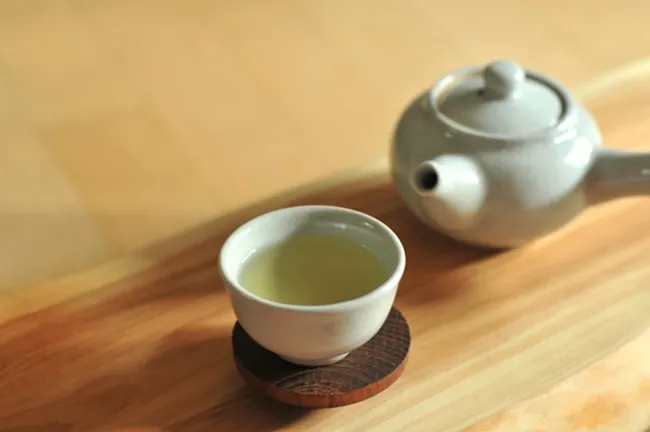
Castella pairs beautifully with green tea, matcha, roasted tea, or even coffee and black tea.
The bitterness of the drink enhances the cake’s sweetness — especially delightful with a chilled cup of matcha.
5. Delightful Contrast of Texture
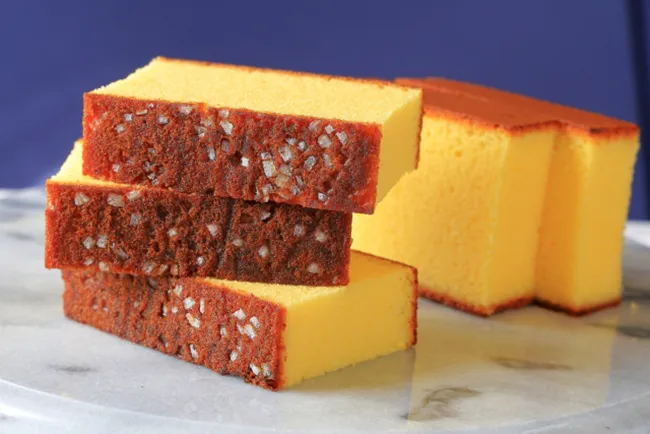
The bottom layer often contains zarame sugar crystals, giving a pleasant crunch that contrasts with the moist sponge.
Meanwhile, the golden-brown top adds depth and aroma.
6. Nostalgia and Heartfelt Gift
For many Japanese, Castella brings back warm memories of family celebrations and special occasions.
It’s more than a dessert — it’s a symbol of care and connection.
If I see a foreign tourist buying Castella as a souvenir, I can’t help but think, “Ah, you really know what’s good!”
Recommended Nagasaki Castella Shops
1. Fukusaya (Founded 1624)
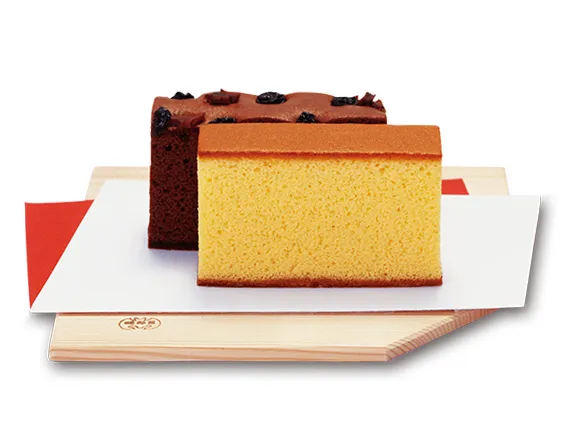

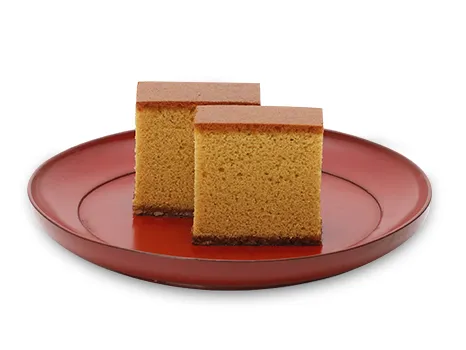
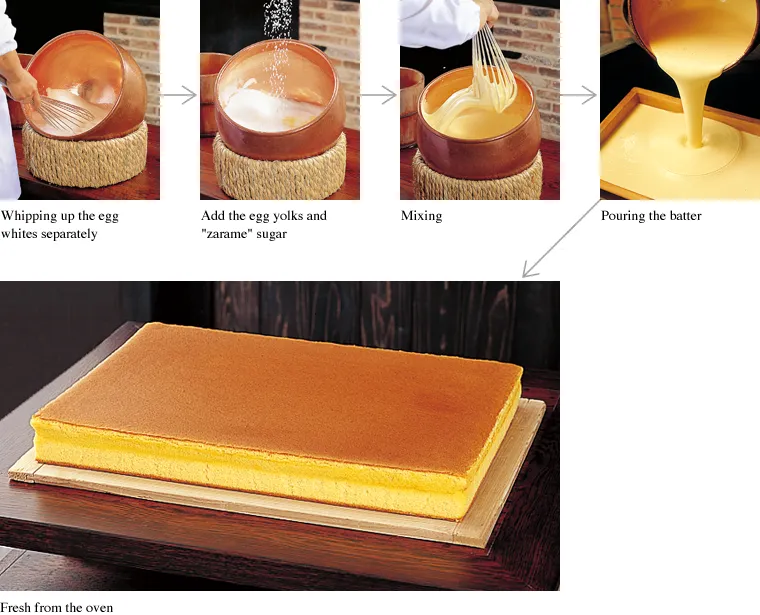
Fukusaya has preserved its traditional handcrafting methods for nearly 400 years.
Each cake is made by a single craftsman — from cracking the eggs to baking — ensuring consistent quality.
Without using mixers, they create an exceptionally fluffy and moist texture that represents the soul of Nagasaki Castella.
👉 [Website]
2. Shōōken (Founded 1681)
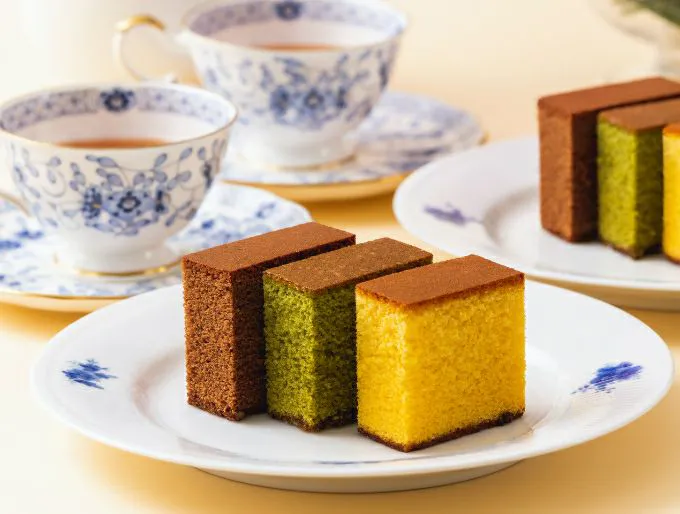
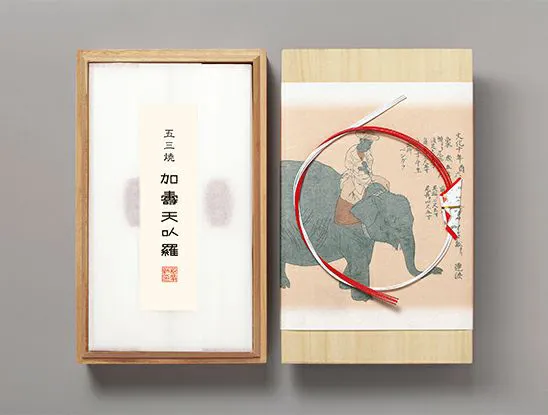
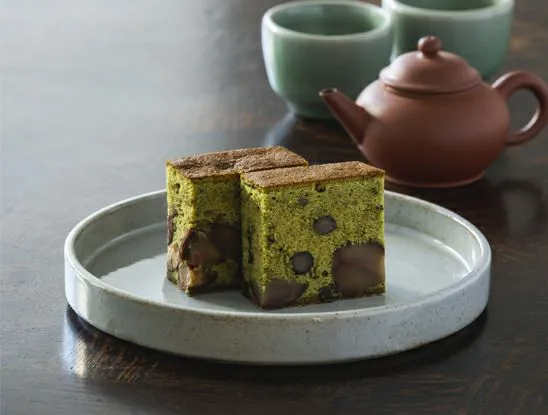
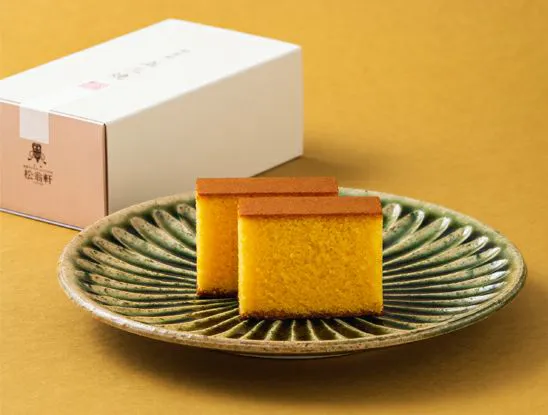
Operating for over 340 years, Shōōken is another beloved Nagasaki classic.
In the Meiji era, the 8th-generation owner exhibited their Castella at international expos in France and the U.S., earning worldwide acclaim.
Their unique technique mixes zarame sugar directly into the batter, producing a delicate sweetness and signature crunch.
👉 [Website]
3. Bunmeido Main Shop (Founded 1900)
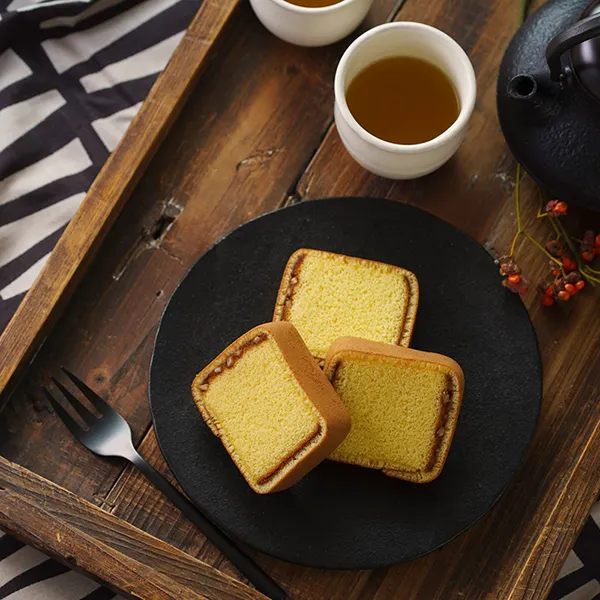
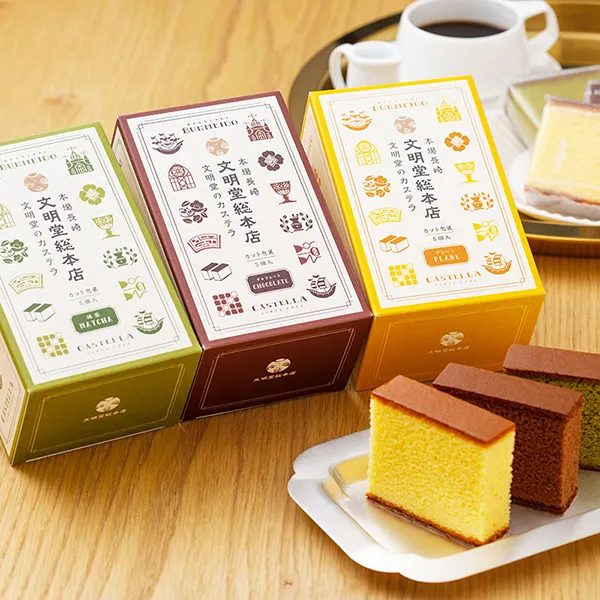
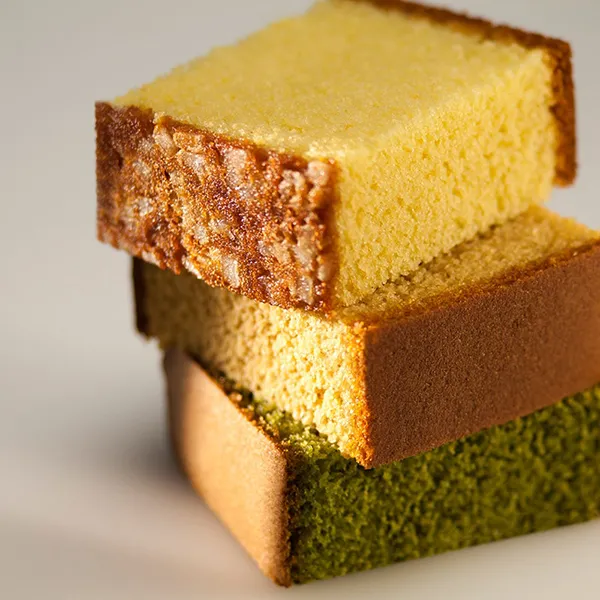

Known across Japan thanks to its famous jingle — “Castella ichiban, denwa wa niban, oyatsu wa sanban, Bunmeido!”
Bunmeido’s Castella maintains traditional methods, using premium ingredients like local eggs, Japanese wheat, and zarame sugar.
It offers a rich aroma and refined sweetness developed over 120 years of history.
👉 [Website]
4. Iwanaga Baijuken (Founded 1830)

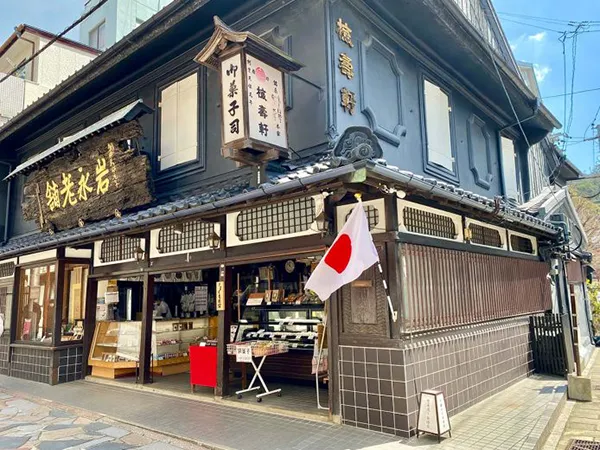
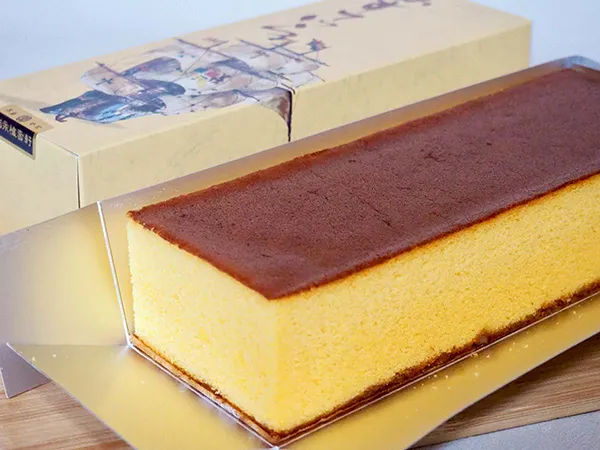
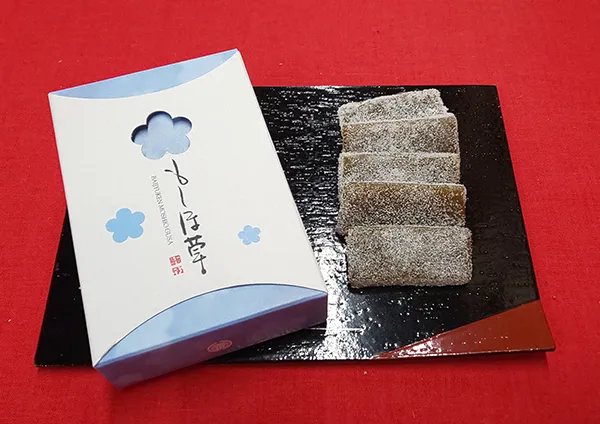
Renowned for handmade Castella crafted by wagashi artisans.
Each cake rests overnight to develop a chewy, moist texture.
Because production is limited and mostly made-to-order, same-day sales vary — and reservations can take up to six months!
Their other wagashi, like Kangiku and Moshio-gusa, are also local favorites.
👉 [Website]
5. Izumiya (Founded 1956)

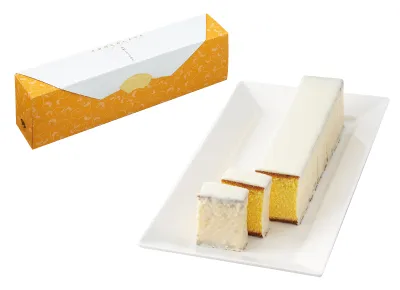
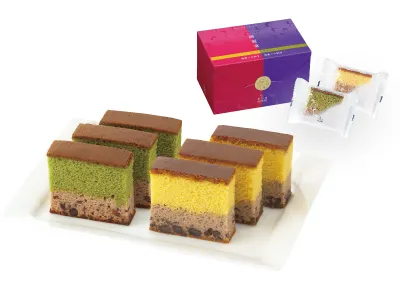
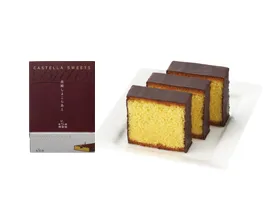
A newer but fast-rising Castella maker, Izumiya sources custom eggs from local farms — even tailoring the chickens’ feed.
Their signature “Gosanyaki Castella” uses extra yolks for a rich, velvety texture.
Another bestseller, the “Nagasaki Chocolat”, coats Castella with dark and white chocolate layers.
Visitors can tour the Nagasaki Castella Land factory and shop for local treats.
👉 [Website]
In Closing
To be honest, I rarely buy Castella for myself — but when I receive one as a gift from a friend or relative, it always makes me happy.
You can find cheap versions in convenience stores, but if you’ve never tried one before, I strongly recommend tasting a high-quality Castella from a traditional shop.
The difference in flavor, ingredients, and craftsmanship is truly remarkable.
Give it a try — you’ll understand why this humble cake has been loved in Japan for centuries.
Thanks for reading!
If you enjoy my posts, your support really motivates me ☕

